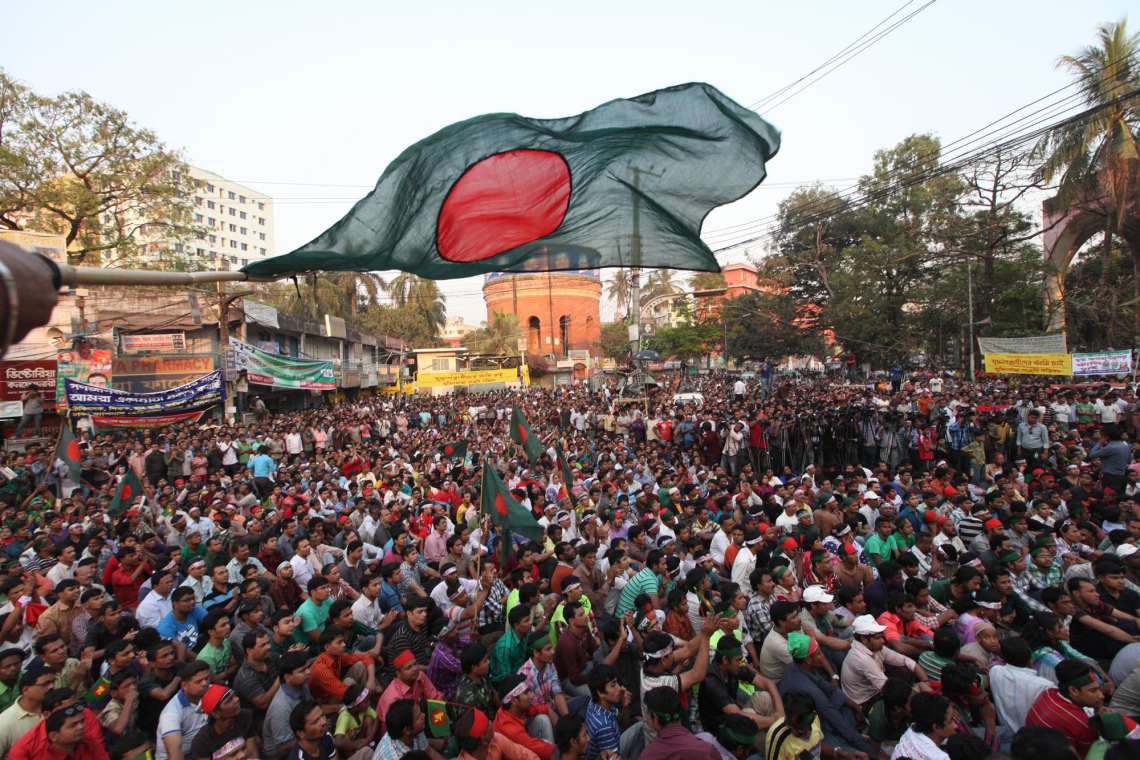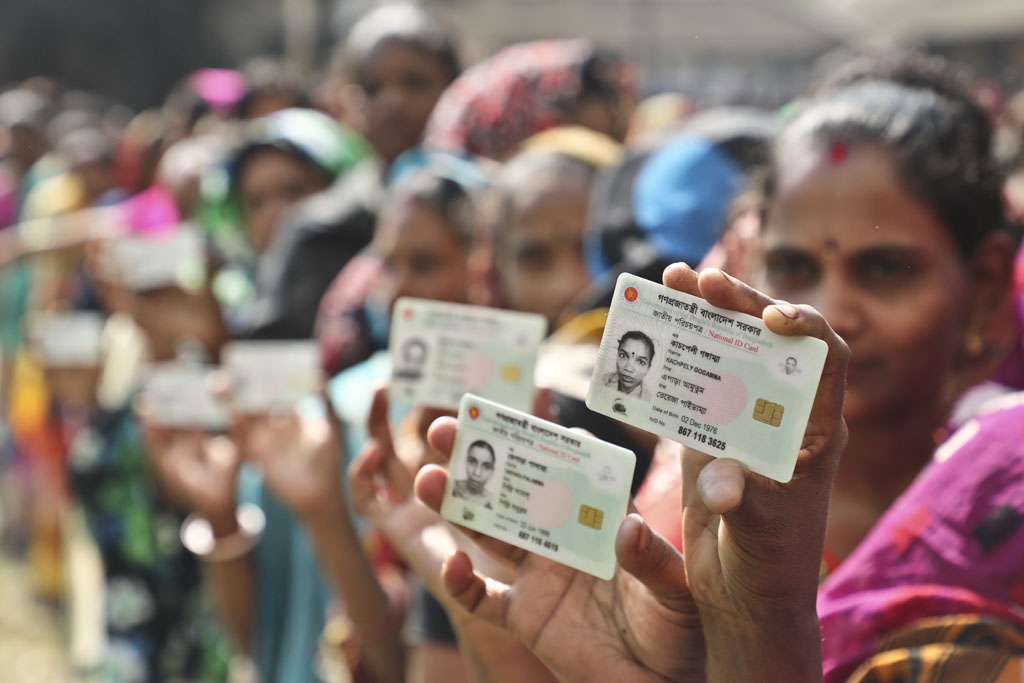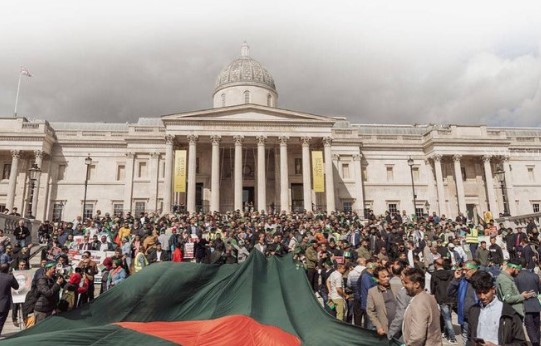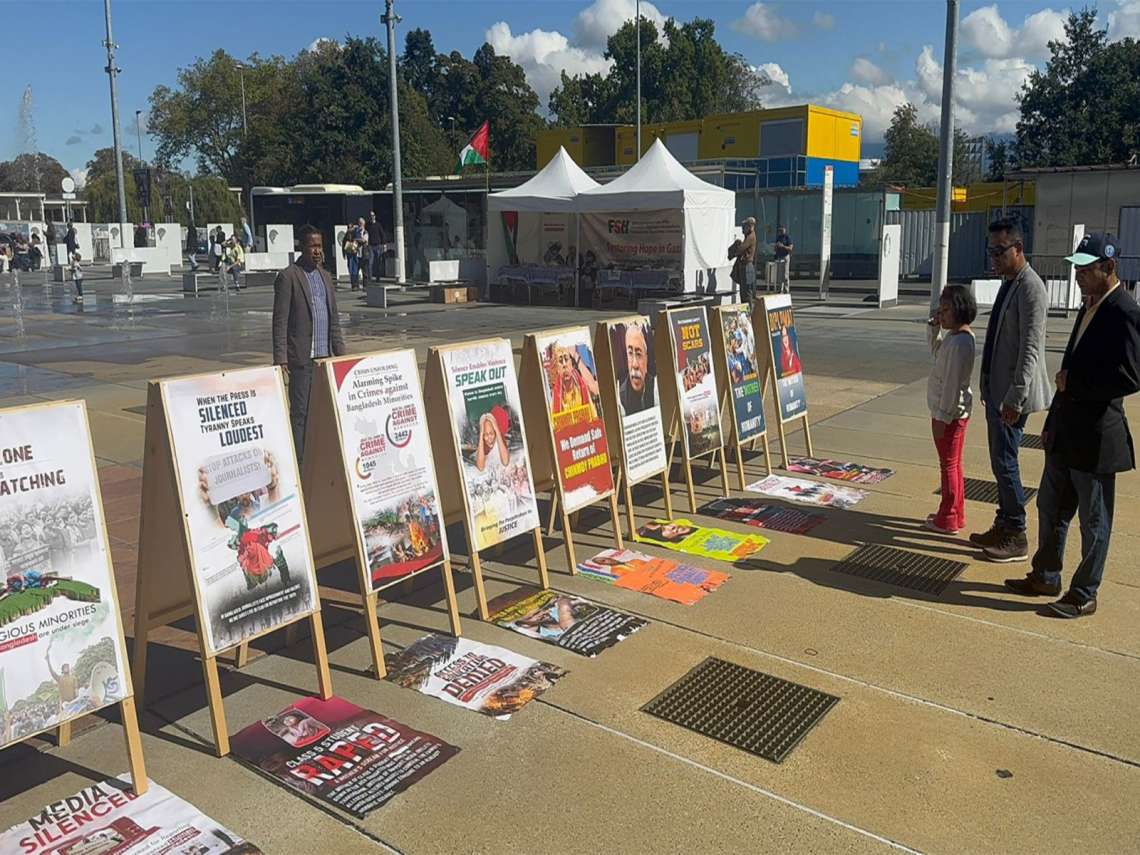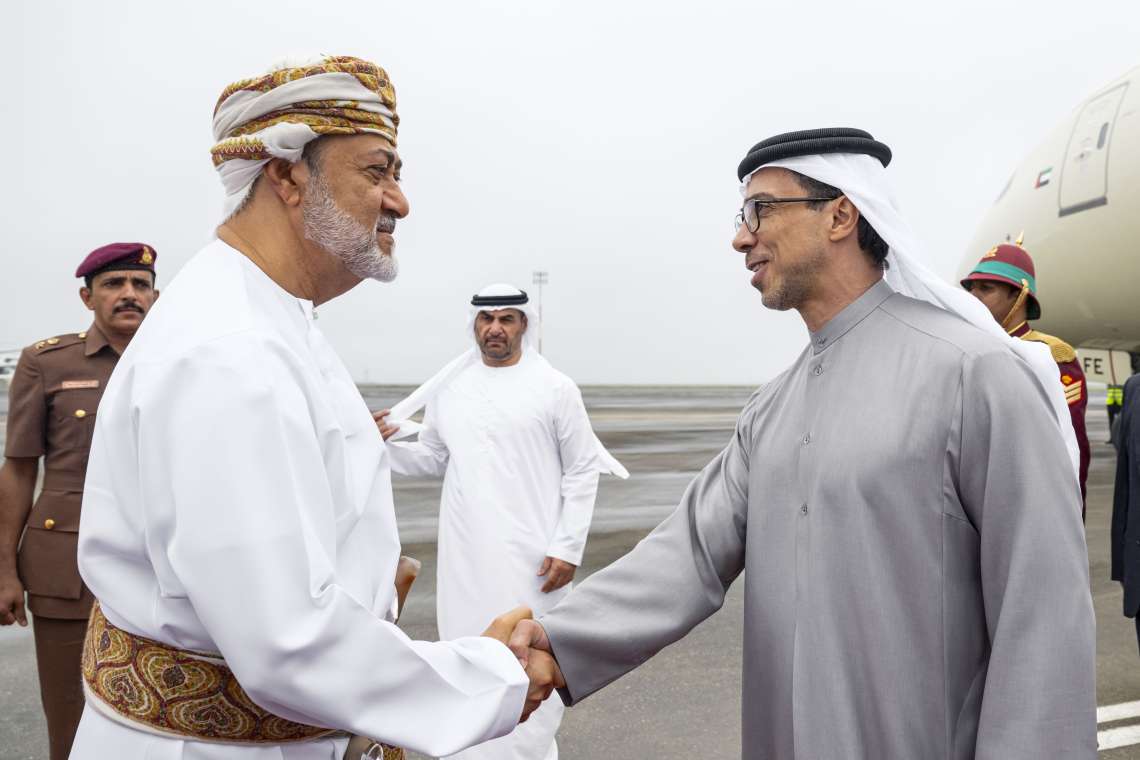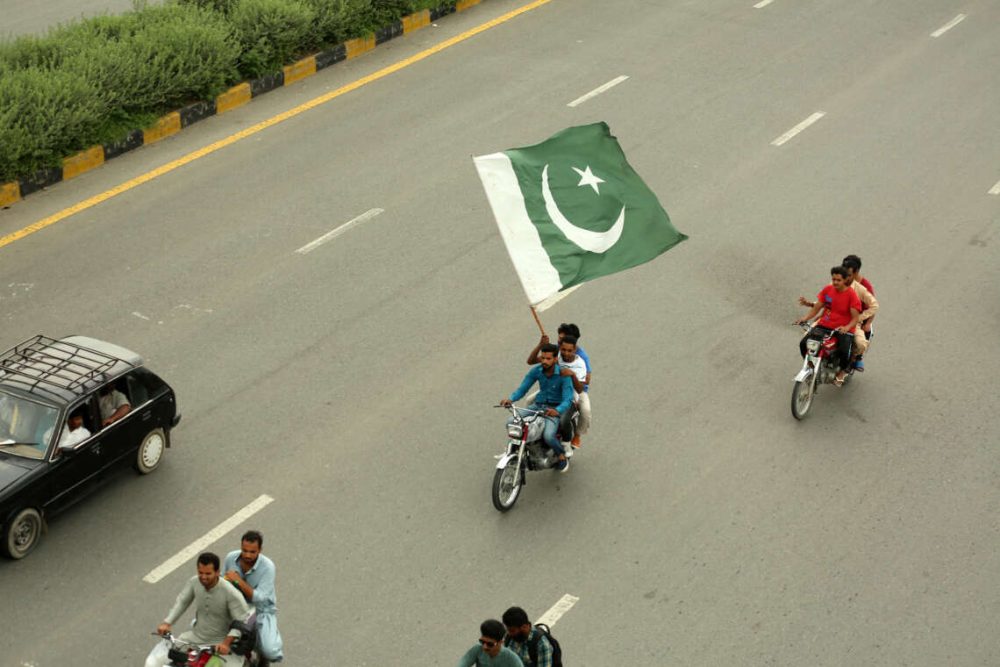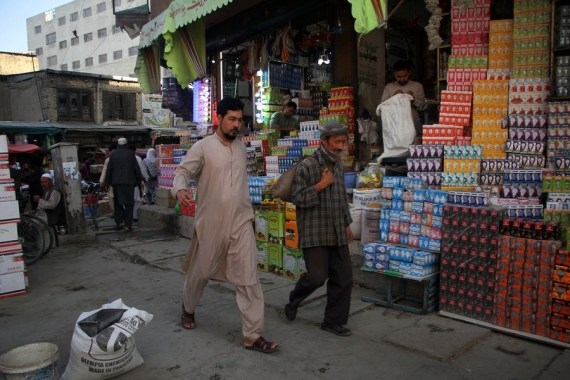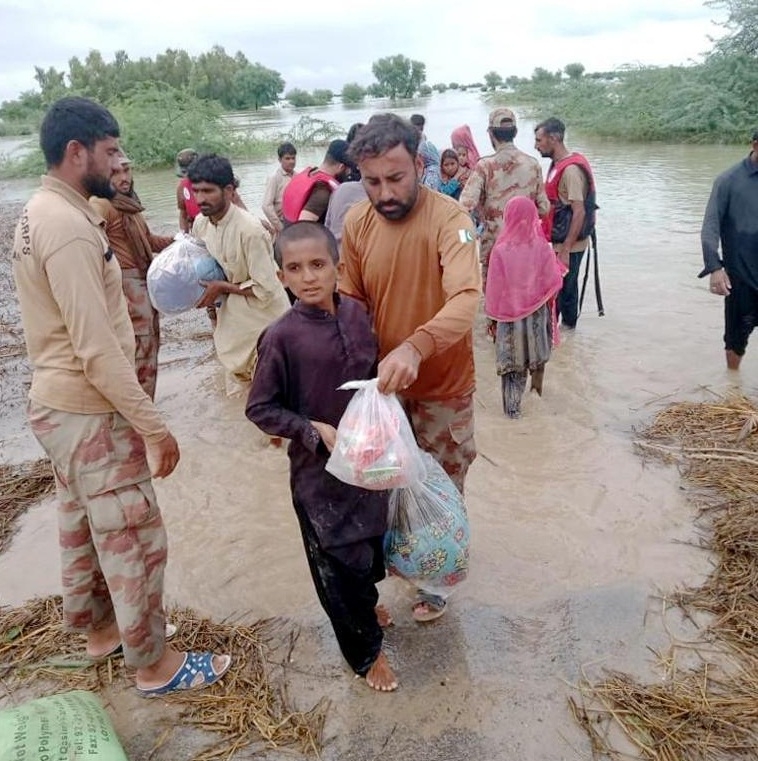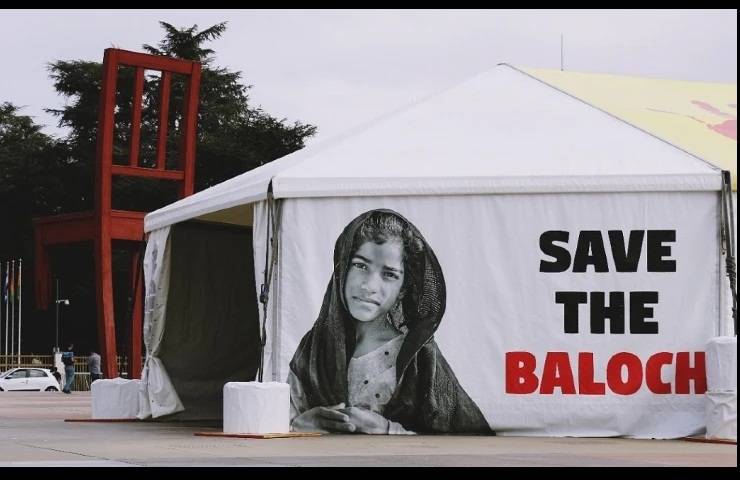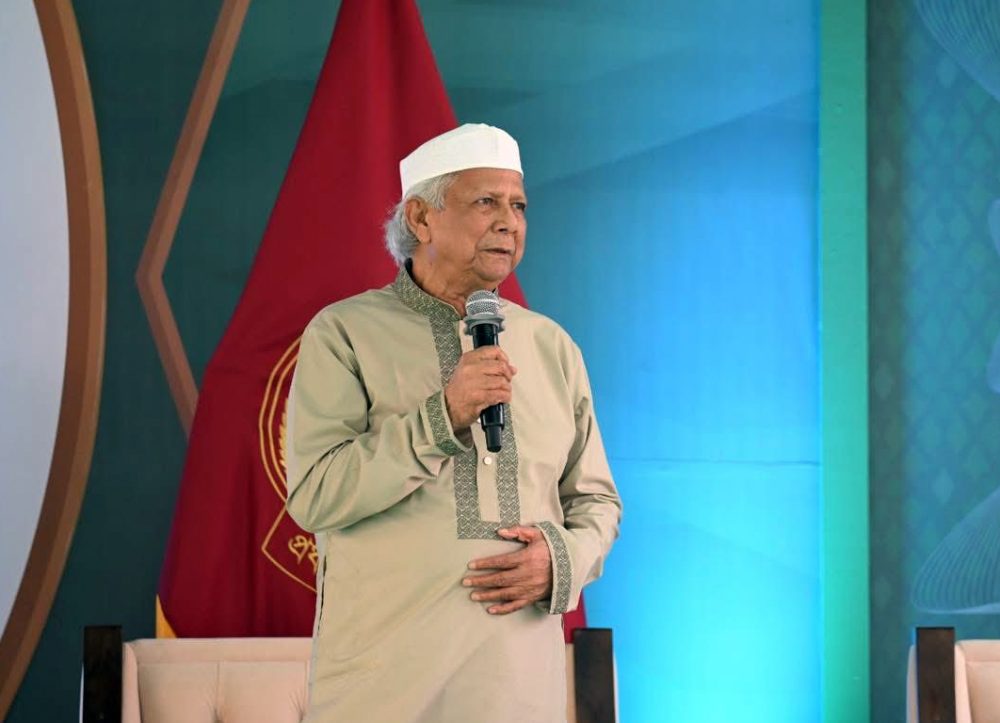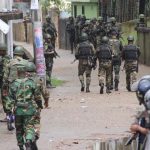The removal of Sheikh Hasina’s government amid mass protests and upheaval produced a chaotic vacuum that organised Islamist groups, vigilante mobs and an emboldened political religious right have been all too ready to fill. The result is a country where secular norms, minority safety and civic pluralism face renewed and accelerating pressure … writes Dr Sakariya Kareem
Bangladesh’s political earthquake of 2024 did more than topple an entrenched ruler — it unloosed forces that are now reshaping the country’s public life in ways that, increasingly, resemble a retrenchment toward hardline religiosity.
The removal of Sheikh Hasina’s government amid mass protests and upheaval produced a chaotic vacuum that organised Islamist groups, vigilante mobs and an emboldened political religious right have been all too ready to fill.
The result is a country where secular norms, minority safety and civic pluralism face renewed and accelerating pressure.
The first, disturbing feature of the post-Hasina landscape is the visible resurgence of organised Islamist mobilisation.
Large, choreographed rallies and demonstrations by groups that were previously marginalised or quiescent have turned public space into a stage for religious politics.
In May, for example, Islamist organisations staged mass gatherings that signalled not only numerical strength but also renewed capacity to steer national debate and pressure policy.
These demonstrations have not been mere displays of piety — they have been explicitly political, aimed at reshaping the country’s institutions and social codes.
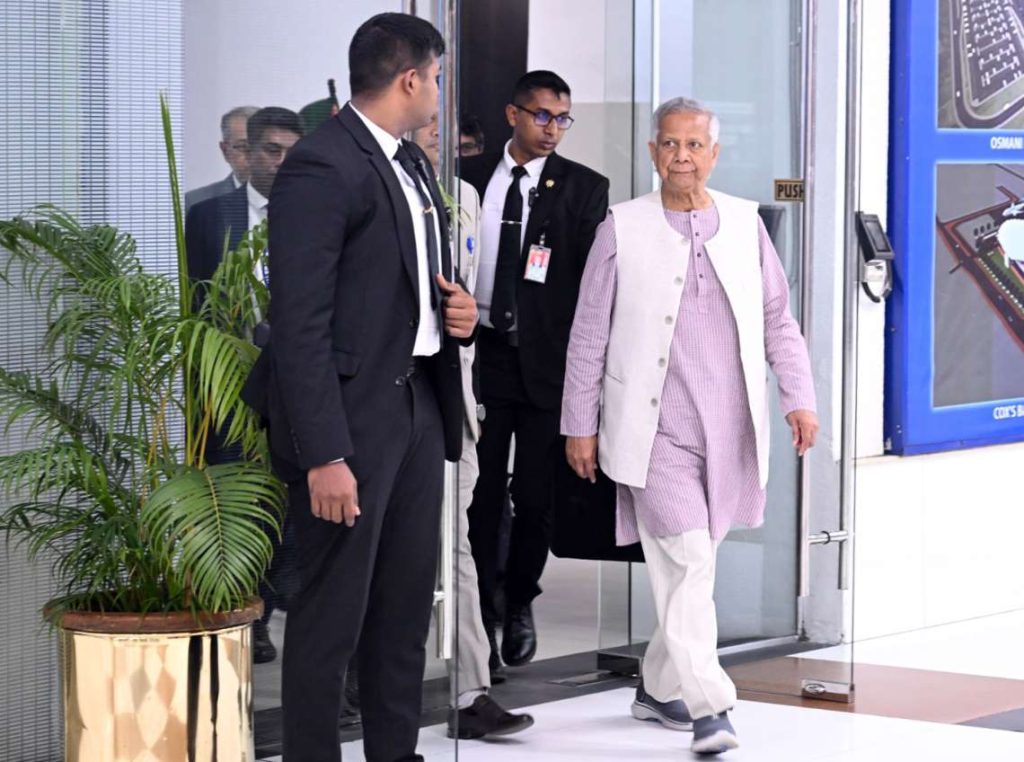
Second, enforcement and security responses that followed the 2024 unrest have often been heavy-handed, uneven and polarising — and that has fed the problem.
Crackdowns on protests and selective law enforcement have hardened popular grievances and created narratives of persecution that Islamist organisers exploit to recruit and radicalise.
At the same time, the state’s uneven capacity to control banned or extremist groups has allowed organisations like Hizb-ut-Tahrir to attempt public marches and confrontations with police, forcing security services into repeated, messy interventions rather than a coherent counter-extremism strategy.
The March confrontation in Dhaka, where police used tear gas to disperse an Islamist march, is just the most visible instance of this dynamic.
Third, sectarian and communal violence has risen in both frequency and ferocity since the political rupture.
Attacks on Hindu communities, arson against places of worship, and harassment of minority citizens — often framed by perpetrators as reprisals or religiously justified measures — have proliferated in the last year.
Human rights groups and minority organisations have documented waves of intimidation and violence that, in some places, amount to targeted campaigns of displacement and fear.
Reports in late 2024 and through 2025 chart a grim trajectory: ritual festivals and family gatherings that once passed unnoticed are now flashpoints for mob aggression, and the state’s inconsistent protection of minority lives and property has left victims vulnerable.
Fourth, the ideological theatre being enacted is not limited to street mobilisation.
Hardline religious groups and Islamist political parties are increasingly articulating agendas that challenge core elements of Bangladesh’s secular republican order: judicial independence, women’s rights, and the boundaries between religion and state policy.
Public campaigns have targeted reforms on gender equality, educational curricula, and civil liberties — issues that go to the heart of what it means to live in a plural, modern polity.
The rhetoric accompanying these campaigns is often framed as defending “religion” and “tradition,” but its practical effect is to narrow the civic space available to dissenting views, secular activists and vulnerable communities.
Fifth, the politicisation of religion is now a central feature of electoral contestation.
The timetable for elections and the shape of the next government remain uncertain, but several Islamist and religiously aligned parties have already begun to posture as indispensable players, using mass mobilisation and moralising narratives to claim legitimacy.
Their posture is strategic: by presenting themselves as the authentic defenders of faith and nation, they seek to delegitimise secular rivals and to set the terms for any future coalition politics.
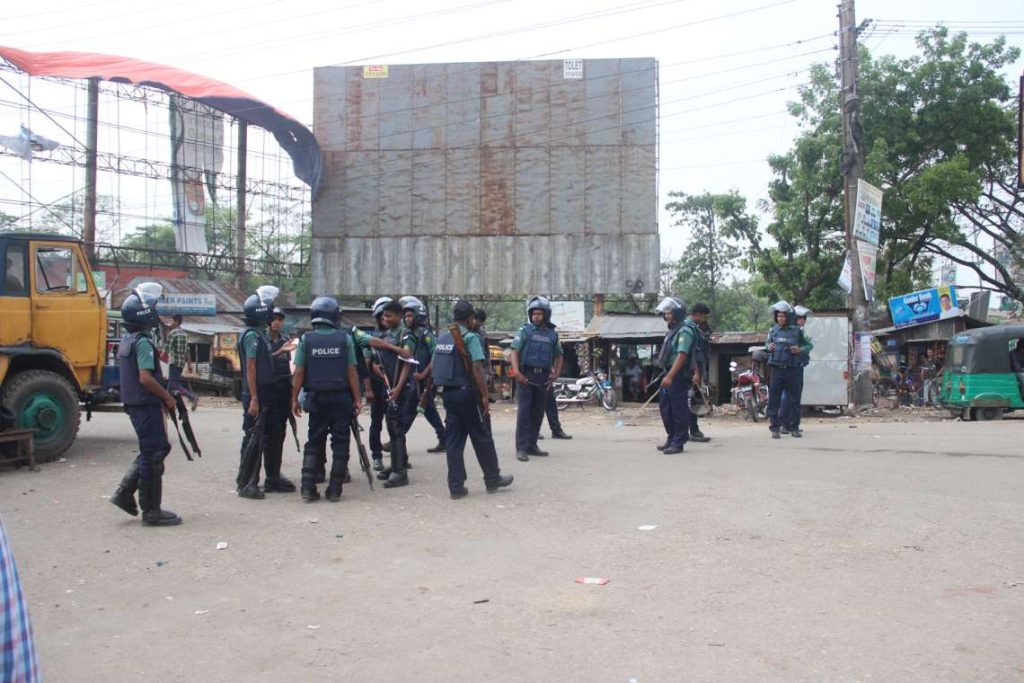
That has serious implications for policymaking and for the composition of state institutions, which may be pressured to accommodate conservative social agendas.
The human consequences are immediate and stark. Women, religious minorities, secular journalists and activists now face a climate of intimidation and shrinking freedoms.
Reports compiled since August 2024 document not only physical attacks but also a corrosive social effect: self-censorship, withdrawal from public life, and the erosion of inter-communal trust.
This atmosphere undercuts livelihoods, diminishes the rule of law and drives an exodus of social capital that took decades to build.
Worryingly, the pattern in Bangladesh mirrors a regional dynamic in which political instability creates openings for religious hardliners to convert grievance into mobilisation and then into political influence.
The interplay of identity politics, populist narratives and institutional weakness creates fertile ground for movements that promise order through the imposition of doctrinal conformity.
In the Bangladeshi case, the fall of a long-standing administration amplified those vulnerabilities: when state authority is contested, the loudest, most organised voices — often religious ones with disciplined networks — can dominate the public square.
It would be a mistake to view these developments as merely cyclical or ephemeral.
The organisational networks behind Islamist groups have been strengthened over recent months: through recruitment on campuses, through alliances with conservative social movements, and through a propaganda ecosystem that leverages both traditional media and social platforms to amplify grievances.
That infrastructure means the current surge has staying power; episodic crackdowns or headline-grabbing rallies will not by themselves dissipate it.
The moral and civic stakes are enormous. A sustained tilt toward institutionalised religio-political dominance would reverse many of the social gains of the last half-century, narrowing rights and opportunities for millions and reframing citizenship along sectarian lines.
For Bangladesh’s fragile social compact, the creeping normalisation of exclusionary religious politics threatens to replace pluralism with a politics of religious privilege and punitive conformity.
The country’s cultural diversity — once a source of resilience — risks being recast as grounds for suspicion and marginalisation.
What happened in 2024 and what followed in 2025 are not isolated anomalies; they are the opening acts of a transformation with deep consequences.
The visible resurgence of Islamist mobilisation, the spike in communal violence, and the politicisation of religion in the electoral sphere together suggest a durable shift in Bangladesh’s public life.
If this trajectory continues, the nation faces not only immediate human suffering but the slow, corrosive redefinition of its national identity.
The picture that emerges is bleak: a polity where civic norms fray, minorities feel unsafe, and religious politics harden into an axis of power.
The headlines of 2024 and the rallies of 2025 are not merely news items; they are symptoms of a deeper realignment whose costs will be measured in freedoms lost, lives disrupted and the narrowing of the public imagination.
The question now is not whether Bangladesh will change — it already has — but how far this new direction will reach, and what will remain of the plural, secular nation that many generations struggled to construct.


